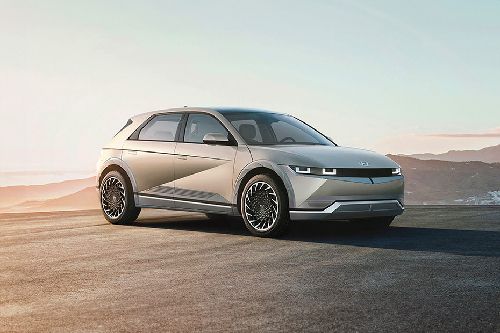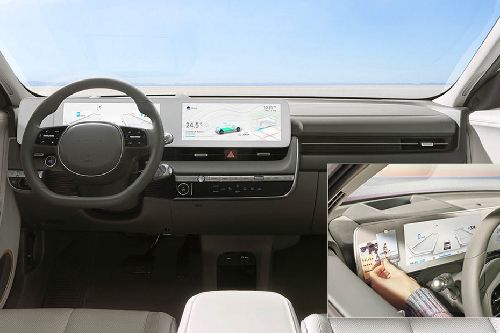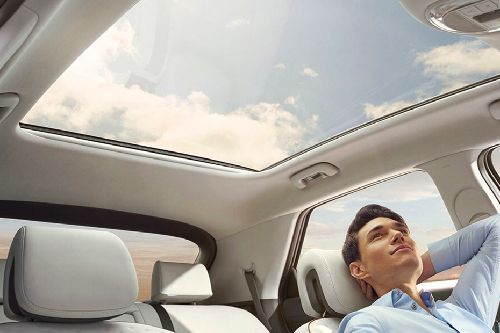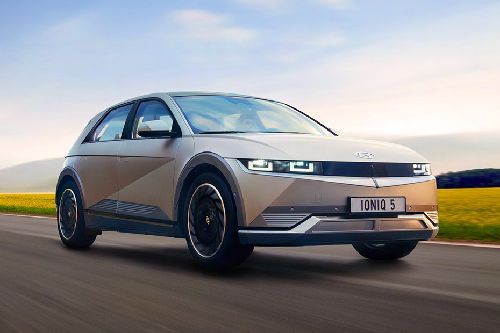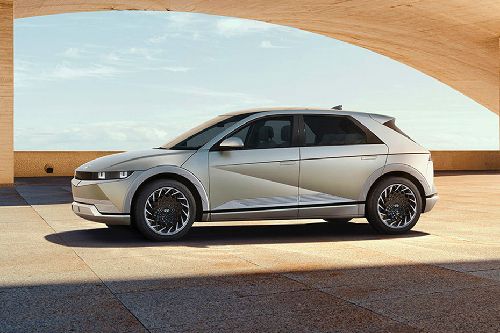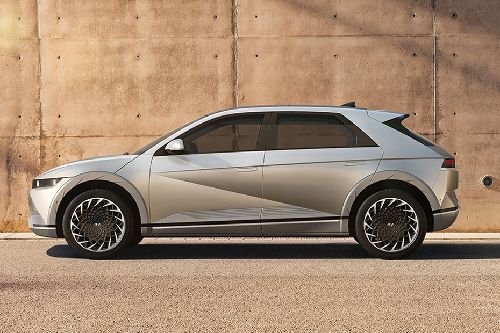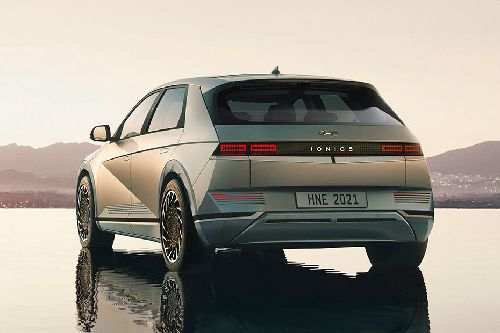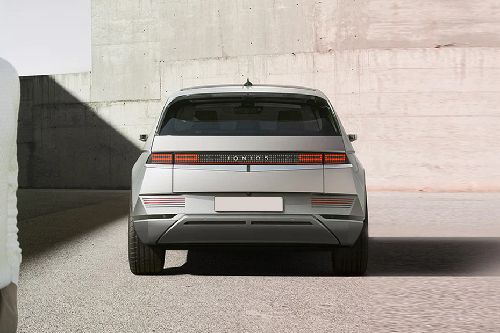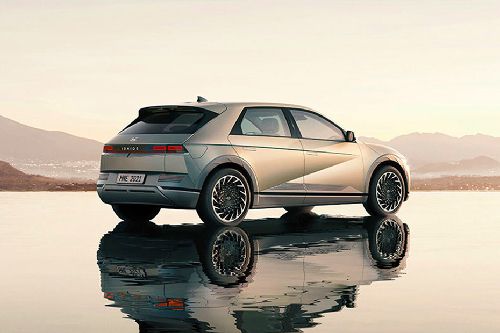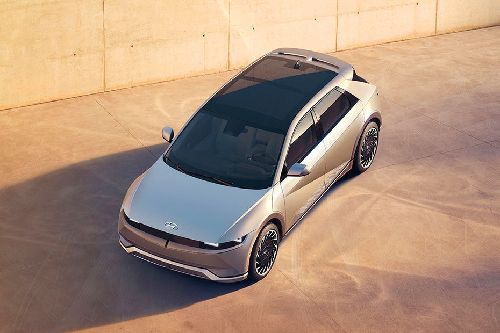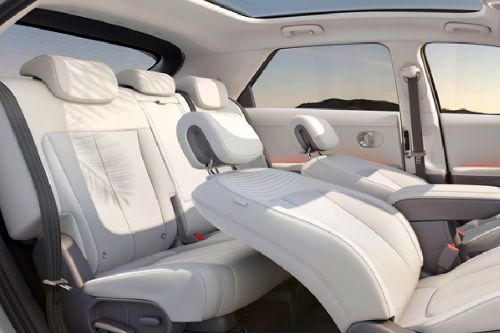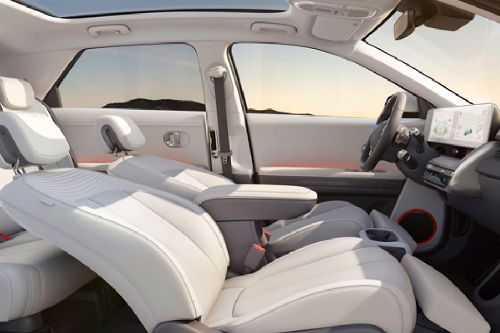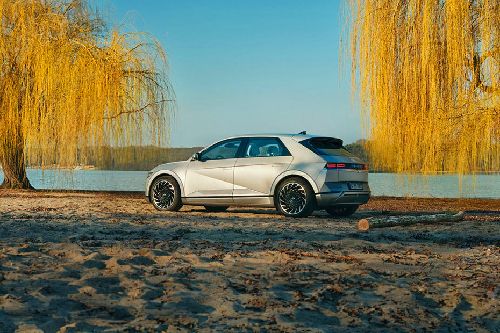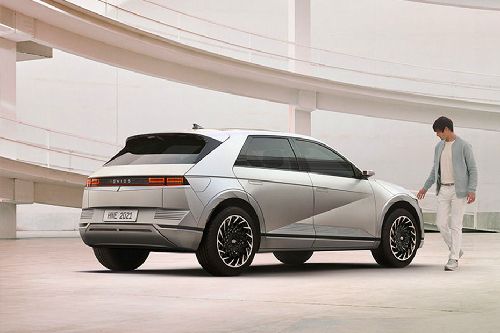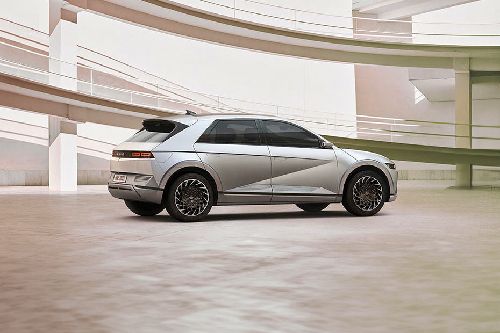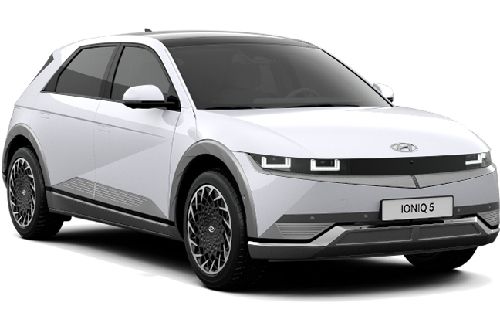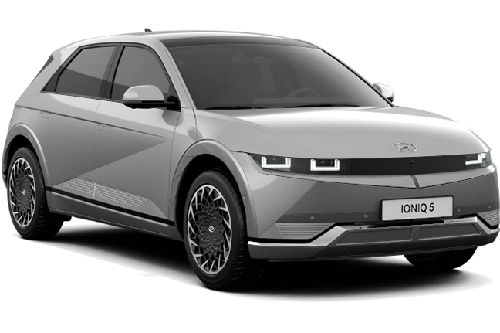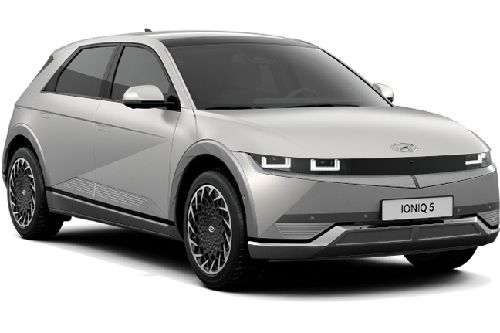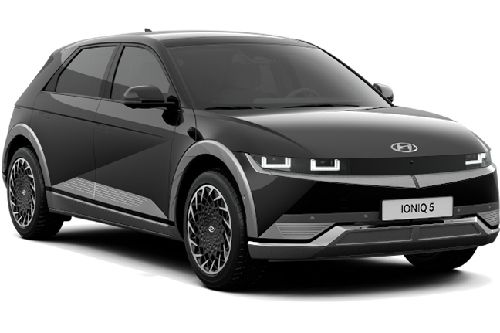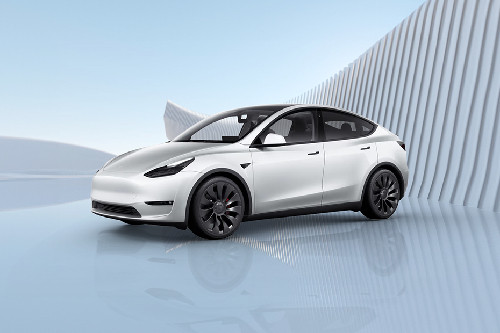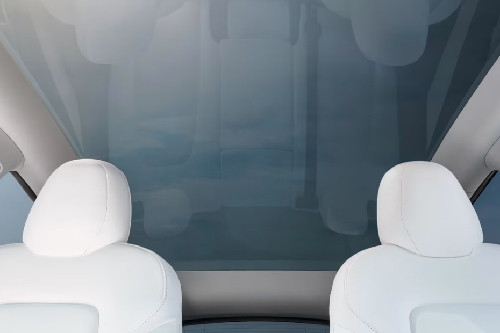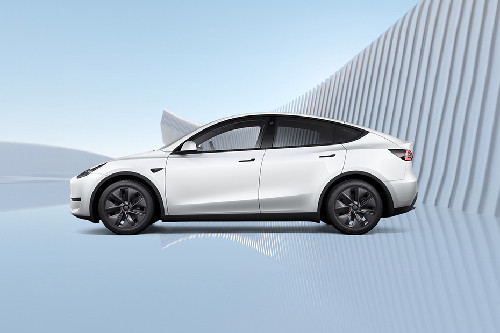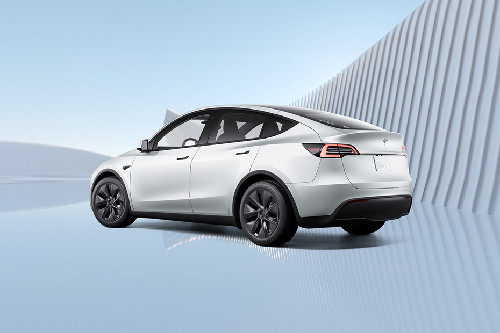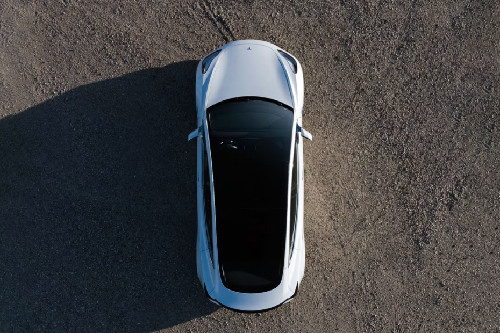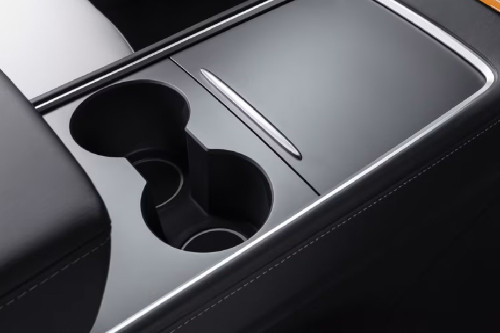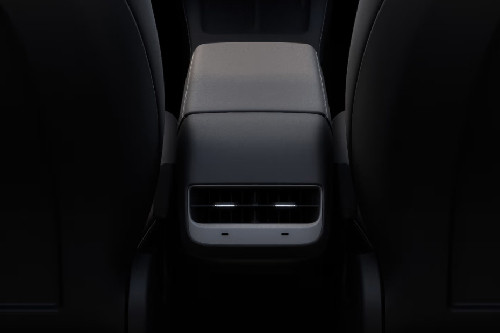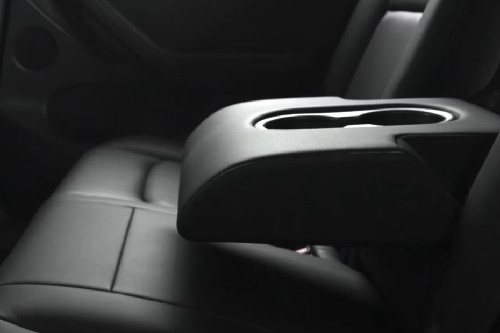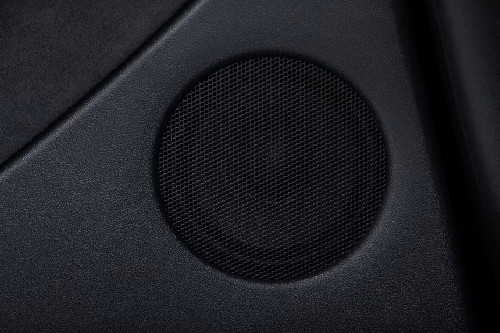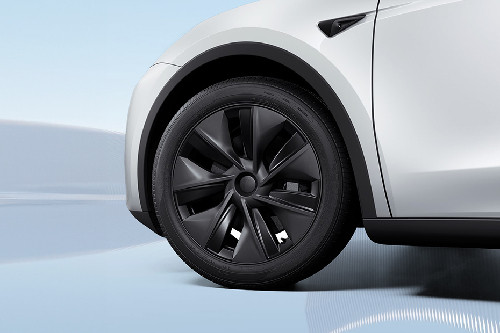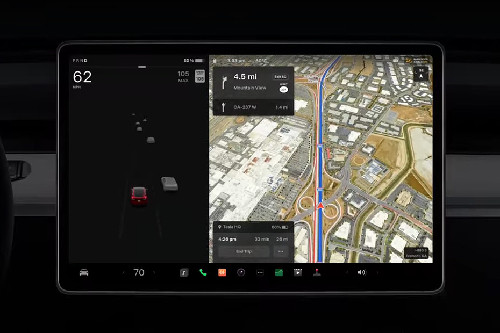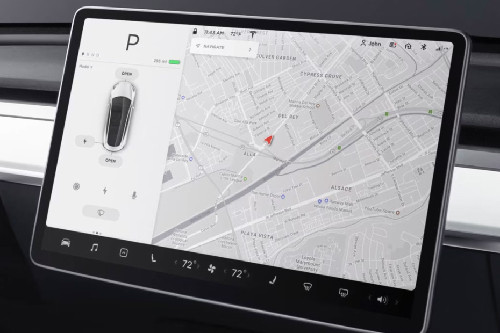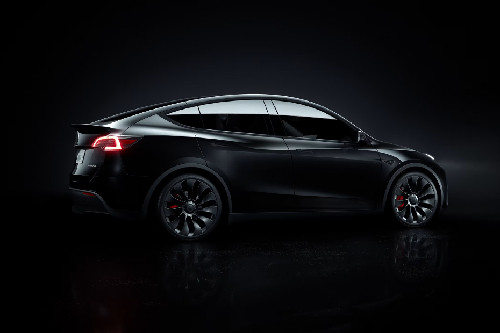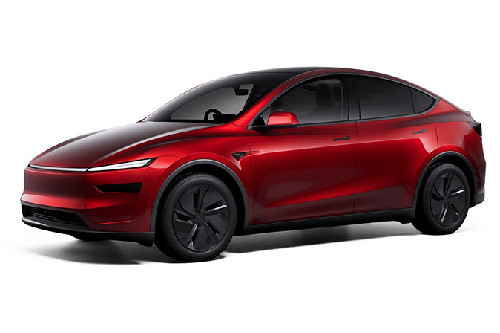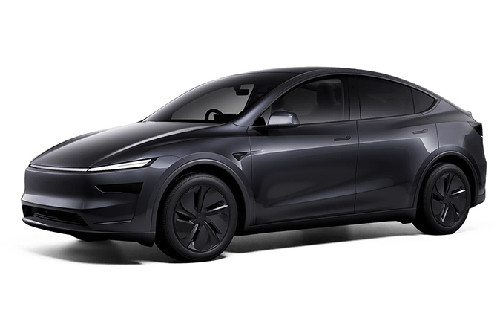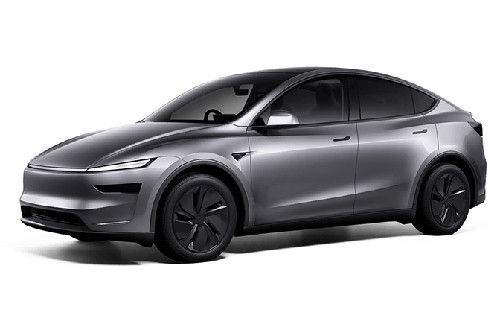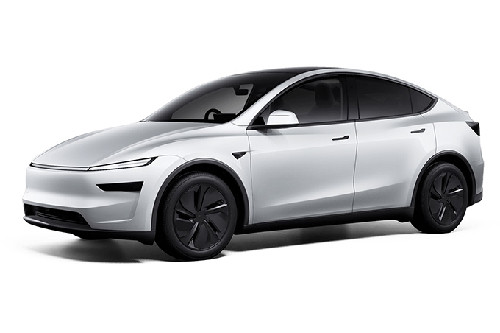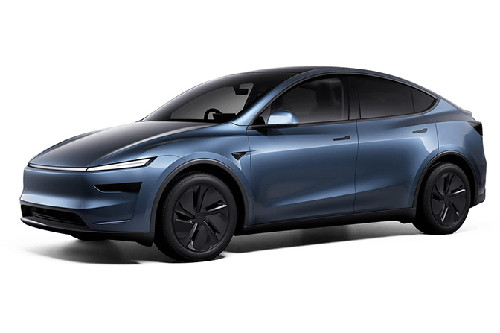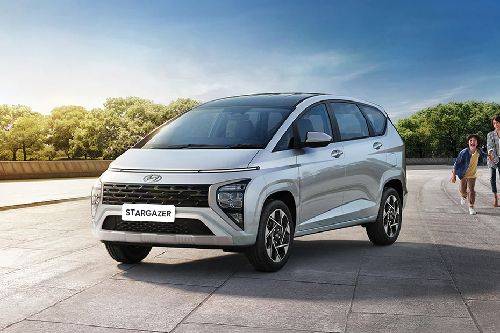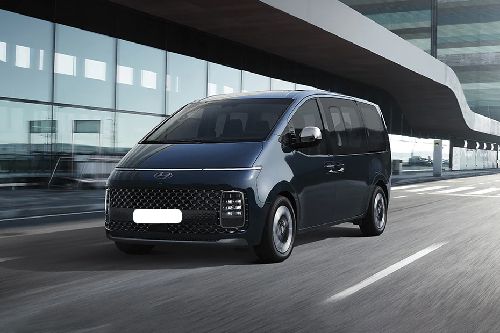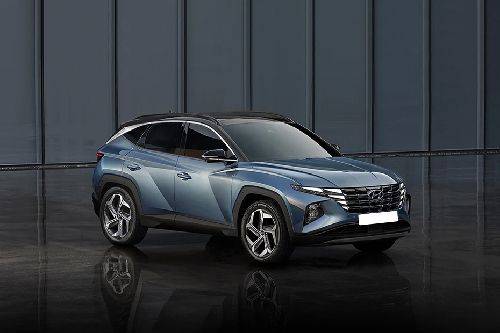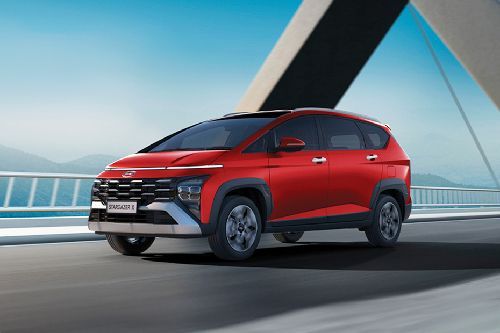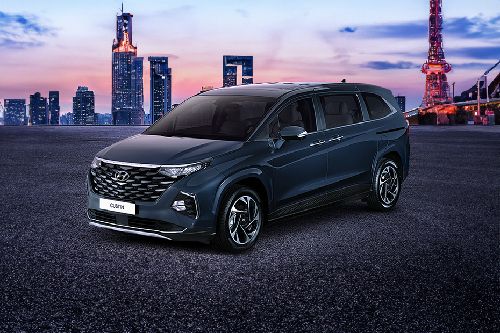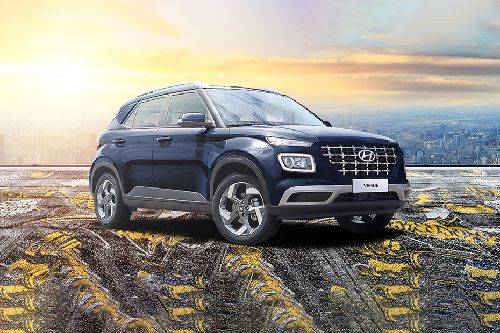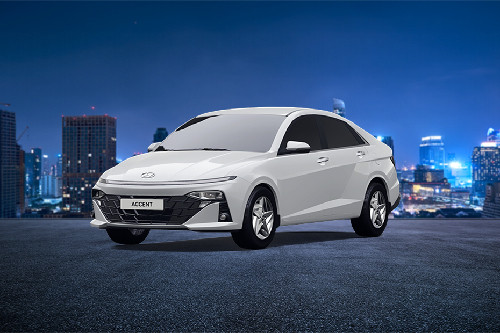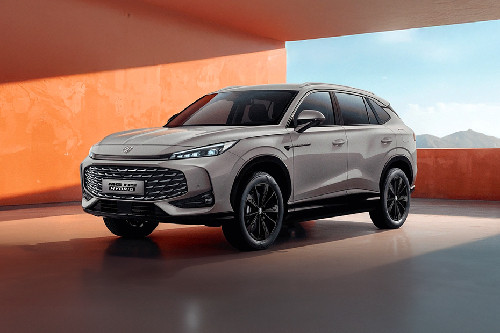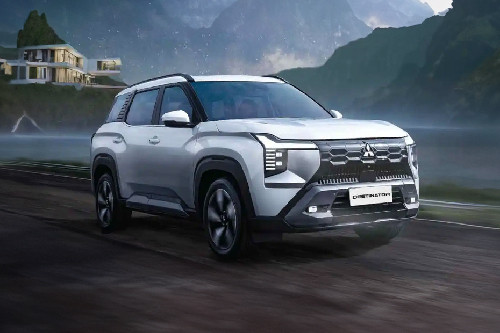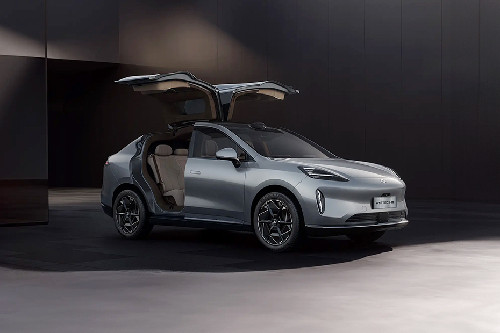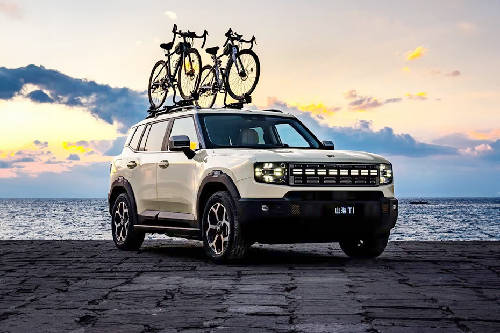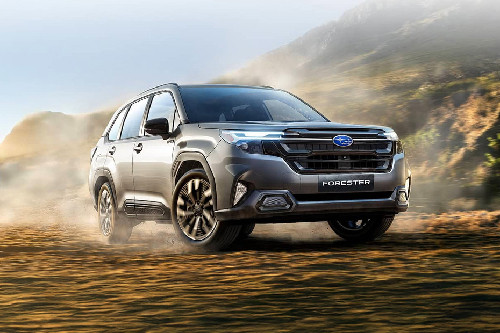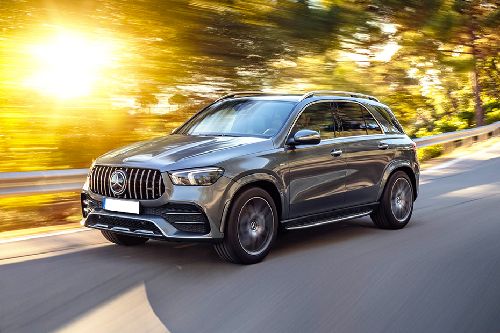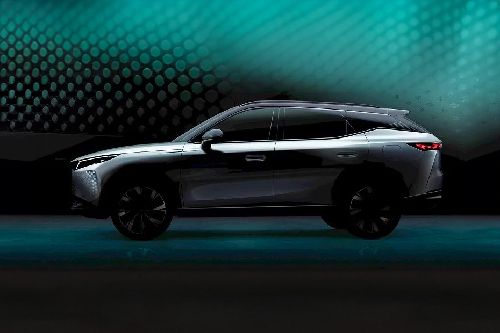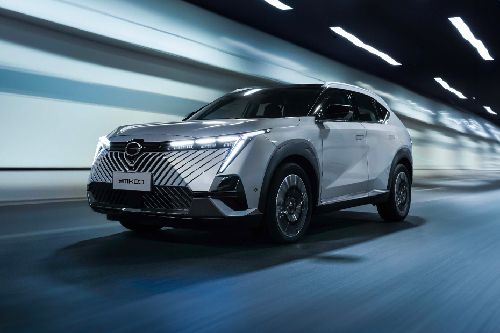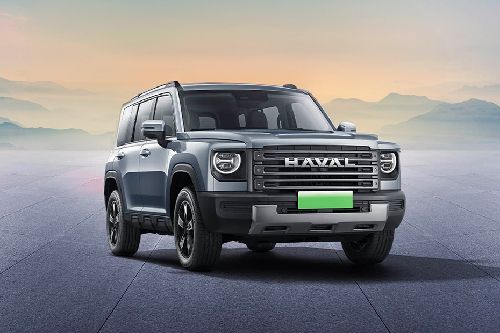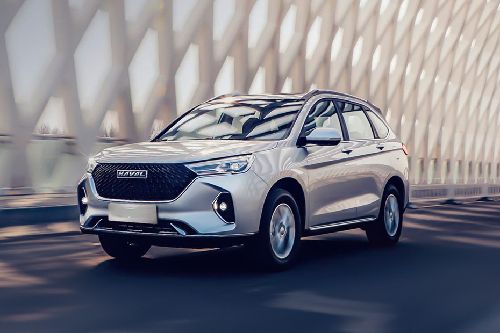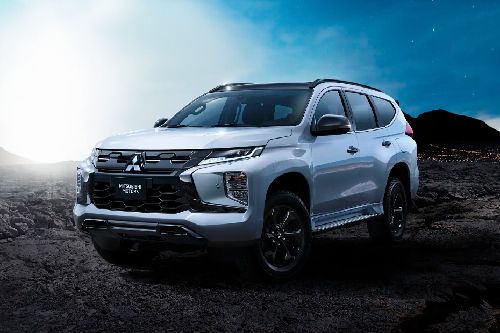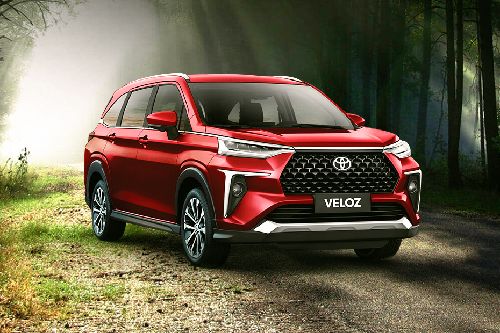All-electric skirmish: Hyundai Ioniq 5 vs. Tesla Model Y
Find out how the Korean EV shapes up against the American newcomer

Electric cars and the electric vehicle (EV) market, in general, have grown in prominence in the Philippines. The aforementioned is evident as models like the Hyundai Ioniq 5 have become more and more common on local roads, especially in Metro Manila.
KEY TAKEAWAYS
What is the price range of the Philippine-spec Hyundai Ioniq 5?
The Philippine-spec Hyundai Ioniq 5 has a price ranging from P3.068 million-P3.698 million.What are the locally available trims of the Hyundai Ioniq 5?
The locally available trims of the Hyundai Ioniq 5 include the entry-level GLS S (Standard Range) and the GLS L (Long Range).So, with the steady growth of EV adopters in the country, many other brands have begun to introduce their respective lineups locally. One such brand is Tesla, which entered the market back in November 2024 with a two-car lineup.
One of the rides currently sold by Tesla Motors’ local arm is the Model Y, which directly competes against the Hyundai-made crossover. But the question now is: how does the Ioniq 5 fare against the Y? Let us find out by comparing the Hyundai Ioniq 5 GLS L (Long Range) against the Tesla Model Y Performance since the two are the most similar in terms of pricing.
Tale of the tape
Here is a table comparing the dimensions of the Hyundai Ioniq 5 GLS L and the Tesla Model Y Performance:
|
Model |
Hyundai Ioniq 5 GLS L |
Tesla Model Y Performance |
|
Dimensions (L x W x H, in mm) |
4,635x1,890x1,605 |
4,751x1,978x1,625 |
|
Wheelbase (mm) |
3,000 |
2,890 |
|
Ground clearance (mm) |
142 |
172 |
|
Wheel size |
20-inch |
21-inch |
Based on the figures listed above, the Tesla is slightly larger than the Hyundai model.
 Photo from HMPH
Photo from HMPHIt also has a larger set of tires and more in the way of ground clearance. The Ioniq 5, however, does have a longer wheelbase.
For buyers, taking note of a vehicle’s dimensions is just as important as comparing their on-board features.
 Photo by Ruben Manahan IV
Photo by Ruben Manahan IVDoing so, after all, will provide clues on how spacious the vehicle is and whether or not it can fit in one’s garage.
Exterior
Appearance-wise, both are five-door crossovers but with drastically different styling choices.
For the Hyundai, it bears a more conservative look that somewhat looks like an enlarged version of a hatchback. It mostly utilizes straight-cut lines for its body, combined with angular details for its front fascia, side character lines, and rear end.
 Photo from HMPH
Photo from HMPHThe Tesla Model Y, on the other hand, sits on the opposite side of the spectrum with its curvaceous silhouette. It still gets some measure of sharp design bits, but its body mostly uses gentle curves and slopes.
 Photo from Tesla
Photo from TeslaRegardless of the two models’ vastly different exterior styles, both were fitted with LED light fixtures, power-folding side mirrors, a power trunk door, and rain-sensing wipers - among others. The Tesla model, however, has a 360-degree acoustic ultra-violet-protected glass roof, whereas the Hyundai model has a large sunroof.
Interior
Concerning interiors, the two EV crossovers offer ample space for up to five occupants. Both the Ioniq 5 and the Model Y also get leather-upholstered seats, a lot of soft-touch surfaces, and an automatic climate control system.
 Photo from HMPH
Photo from HMPHOther notable features found in both rides include, but are not limited to, the following:
- Power adjustable seats
- Auto-dimming rearview mirror
- 60:40 split-folding rear seats
- Leather-wrapped steering wheels
- USB charging ports
- Wireless smartphone charging pad
- Front cabin center armrest
- Rear cabin folding armrest
- Drive mode selector
- Electronic parking brake
- Gear selector stalk
Notably, the Hyundai Ioniq 5 offers its front passengers with ventilated seats, while the Tesla Model Y does not. On the flip side, the Tesla boasts a maximum cargo capacity (rear seats folded) of 2,158 liters, which is far more generous compared to the Ioniq 5’s maximum trunk capacity of 1,580 liters.
Additionally, the Ioniq 5 comes with a more traditional cockpit layout. It still has a lot of physical buttons, whereas the Tesla mostly depends on its central touchscreen to control many of its in-car functions.
 Photo from HMPH
Photo from HMPHFor example, the Hyundai model comes with a dedicated push-to-start button. The Tesla is instead started using the American brand’s mobile app (remote starting) or simply pressing the brake pedal once the smart key fob is in proximity.
When it comes to onboard entertainment and navigation, the Ioniq 5 GLS L uses a 12.3-inch digital guage cluster, which is seamlessly linked to a similarly-sized central touchscreen. The said infotainment on the Hyundai comes with wireless Apple CarPlay and Android Auto, and is connected to a set of Bose speakers.
 Photo by Ruben Manahan IV
Photo by Ruben Manahan IVThe Tesla Model Y Performance, meanwhile, has a large 15.4-inch screen mounted in the center of its dash. Although the model doesn’t have a dedicated digital gauge cluster, the central display doubles as an infotainment system and a vehicle information center.
 Photo by Ruben Manahan IV
Photo by Ruben Manahan IVFor connectivity, the Model Y uses Bluetooth, which designates a “priority device.” Otherwise, the EV unit’s screen applications can be customized, similar to a smartphone. One can likewise pay for a Premium Connectivity subscription, which allows for a sentry mode, detailed maps, and multi-media streaming.
Safety
For safety, the two EV crossovers have what you’d expect from a modern car. Both have anti-lock braking, stability control, a 360-degree view monitor, exterior sensors, hill-start assist, tire pressure monitoring, brake assist, and many other safety features.
The two all-electric rides also come with an array of advanced driver-assist systems (ADAS). Common between the two are the following:
- Autonomous emergency braking
- Pedestrian and object detection
- Blind-spot monitoring
- Driver attention warning
- Lane keep assist
- Automatic high beams
- Rear-cross traffic alert
The Model Y, however, does get a leg up over the Ioniq 5 due to its active parking assist feature called “Autopark”. To note, the said system allows for parking in parallel or perpendicular slots. Also, the Tesla model comes with a traffic sign recognition system and a summon feature, which are not available on the Hyundai.
For the unaware, the summon feature is manipulated via the Tesla smartphone app, and it allows the car to drive out of a parking slot and drive towards the user on its own.
Lastly, the Tesla Model Y has built-in dashcams that can record video. It also boasts a “sentry mode,” an intelligent security system that automatically turns on the car's headlamps, cameras, and alarm as needed.
Powertrain
Propelling the Philippine-spec Hyundai Ioniq 5 GLS L is a permanent magnet synchronous motor (PMSM) capable of outputting up to 214 horsepower (hp) and 350 Newton-meters (Nm) of torque. Power is sent to the vehicle’s rear wheels via a single-speed reduction gear transmission.
 Photo from Hyundai
Photo from HyundaiThanks to the model’s 72.6-kilowatt-hour (kWh) battery, the said version of the Ioniq 5 can cover up to 451 kilometers (km) on a single charge.
The Tesla Model Y Performance, meanwhile, uses two PMSM motors that can churn out 456 hp and 674 Nm of torque. For range, the 75 kWh battery of the Model Y’s Performance trim can cover 514 km on a single charge. Additionally, the model boasts all-wheel-drive.
For stopping power, both EV nameplates use a front and rear disc brake setup. For their front suspension systems, the Hyundai uses a MacPherson strut, while the Tesla comes with a double-wishbone setup. Both vehicles use a multi-link type suspension for their rear ends.
 Photo by Ruben Manahan IV
Photo by Ruben Manahan IVHere’s a table comparing the mechanical specifications of the two EV models:
|
Model |
Hyundai Ioniq 5 GLS L |
Tesla Model Y Performance |
|
Motor |
Single PMSM |
Dual PMSM |
|
Drive |
Rear-wheel-drive |
All-wheel-drive |
|
Range |
451 km |
514 km |
|
Horsepower |
214 |
456 |
|
Torque |
350 Nm |
674 Nm |
Price
In the Philippines, the Hyundai Ioniq 5 GLS L retails for P3.698 million. The locally available Tesla Model Y Performance, on the other hand, is priced at P3.299 million.
Final thoughts
On paper, the Tesla Model Y trumps the Hyundai Ioniq 5 when it comes to performance, range, and safety technologies. Plus, the Tesla model entered the market with attractive prices, which clearly undercuts its Hyundai competitor.
The Hyundai Ioniq 5, however, may prove to be more appealing to long-time drivers since it wears a more traditional cockpit with an array of physical buttons. On the flip side, the Model Y can also prove to be attractive to tech-savvy adopters due to its sheer number of cutting-edge systems.
Like we always say, though, buyers looking to get a crossover EV should still give each model a good old test drive. Reading off specs comparisons on the internet is great for initial research, but actually driving the car will make for a more informed purchase in the end.
Also read:
Sell your car at the best price
 Verified and genuine buyers
Verified and genuine buyers
Hyundai Ioniq 5 Related Stories
- News
- Featured Stories
Hyundai Car Models
Don't Miss
Trending & Fresh Updates
- Latest
- Popular
You might also be interested in
- News
- Featured Stories
Hyundai Featured Cars
- Latest
- Upcoming
- Popular
Latest Hyundai Ioniq 5 Car Videos on Zigwheels

Compare & Recommended
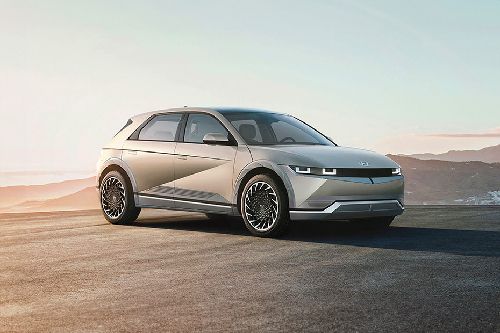
|
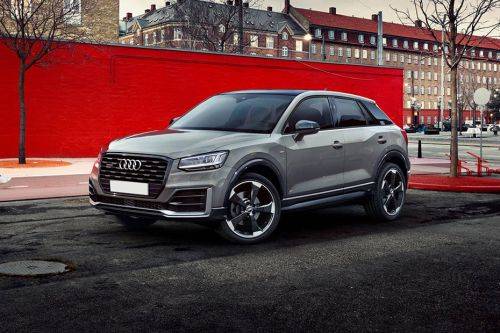
|
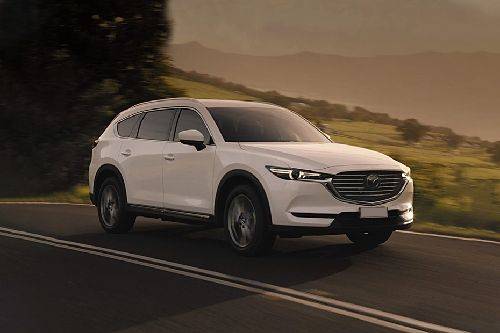
|

|

|
|
Seating
5
|
5
|
7
|
5
|
7
|
|
Fuel Type
Electric
|
Gasoline
|
Gasoline
|
Gasoline
|
Diesel
|
|
Power
168
|
116
|
187
|
154
|
148
|
|
Torque
350 Nm
|
200 Nm
|
252 Nm
|
196 Nm
|
400 Nm
|
|
Transmission Type
Automatic
|
Automatic
|
Automatic
|
CVT
|
Manual
|
|
Engine
-
|
999
|
2488
|
1995
|
2393
|
|
|
Trending SUV
- Latest
- Upcoming
- Popular
Hyundai Ioniq 5 Car Articles From Carmudi
- journal

